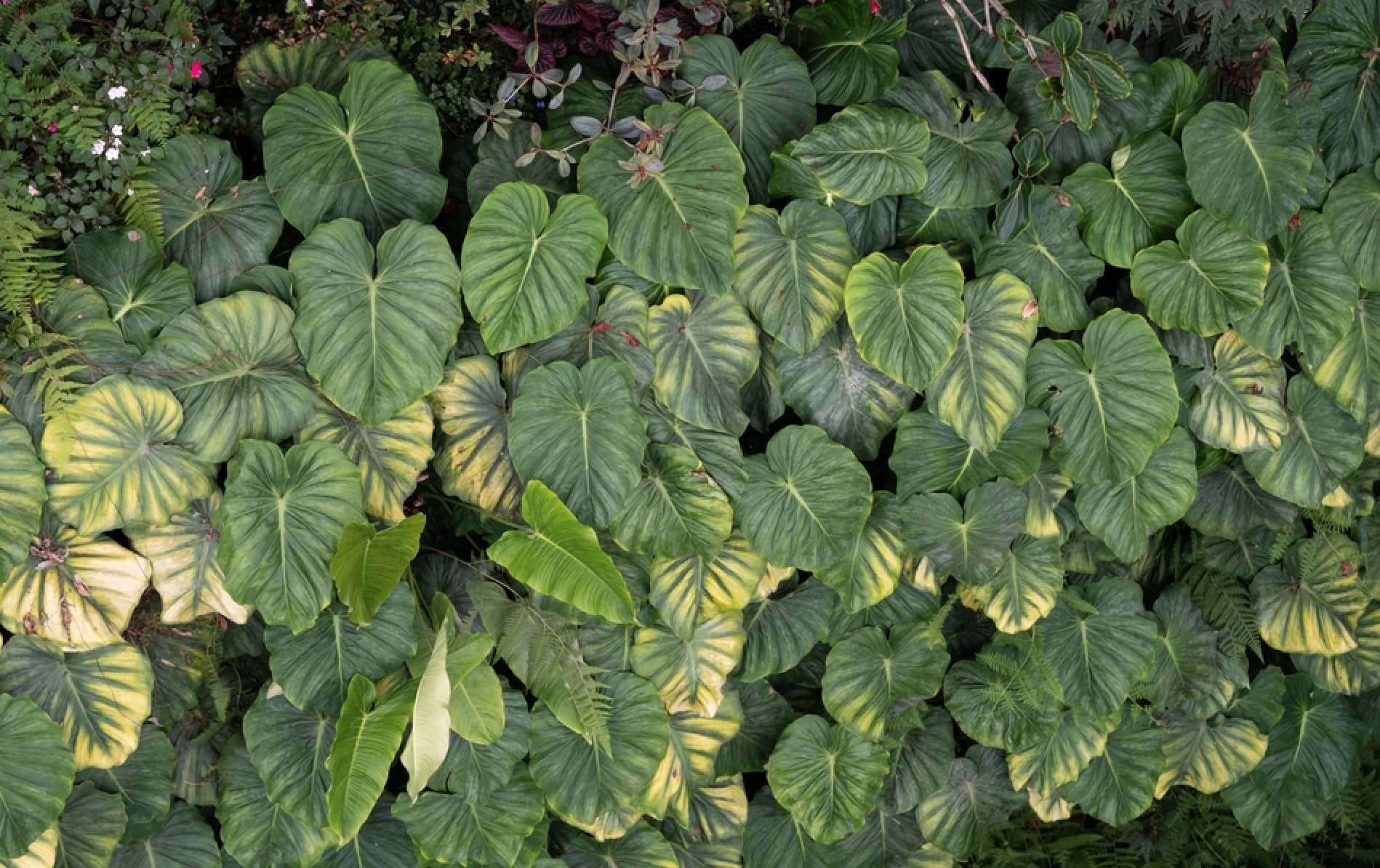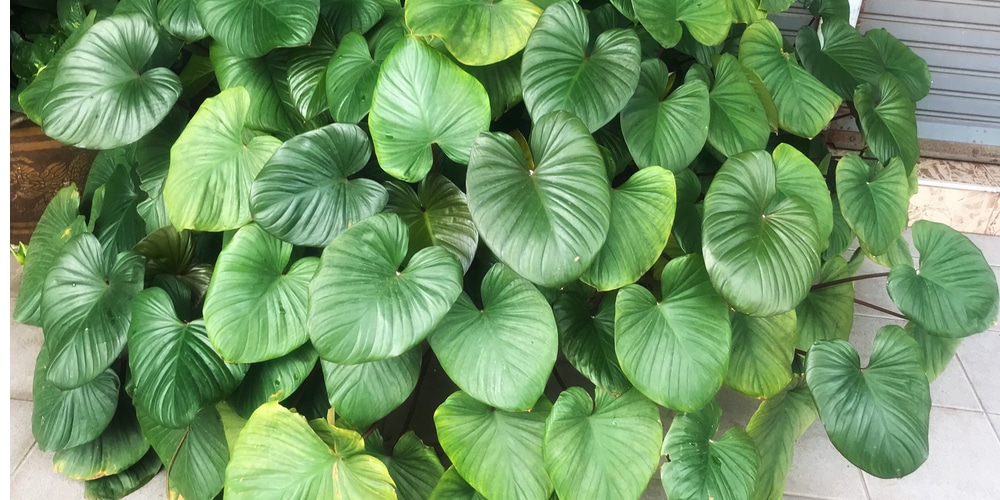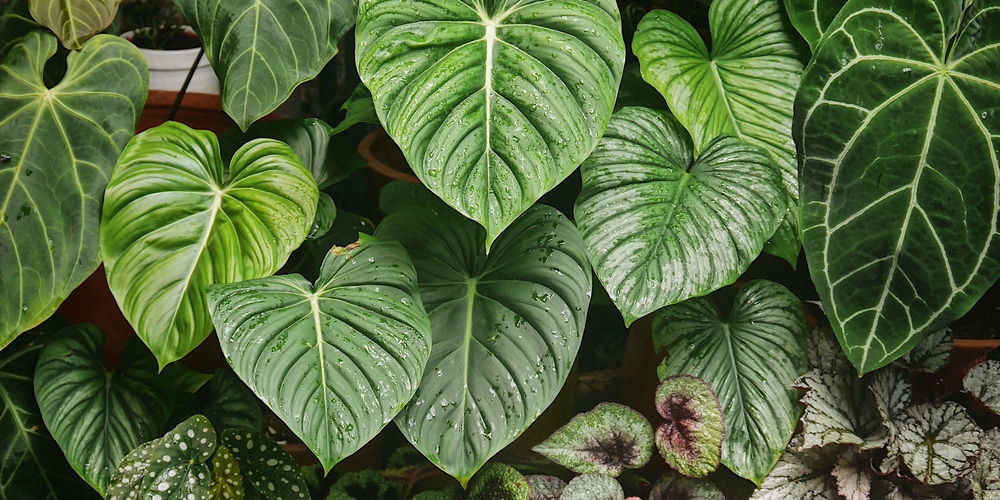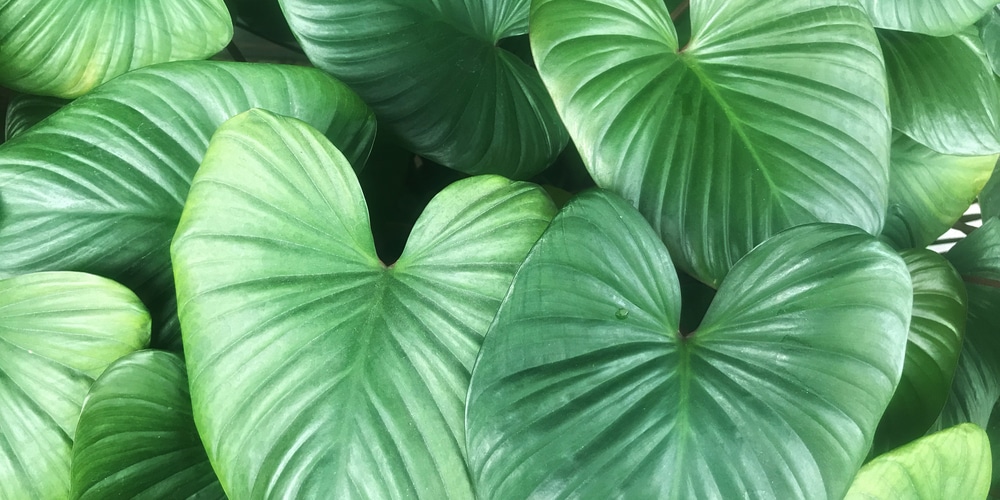The Philodendron Pastazanum is a large variety of the Araceae family. It can grow up to 30 feet tall and has large heart-shaped leaves.
These plants are relatively rare but are easy to care for. Let’s look at how to grow and care for a philodendron Pastazanum.
Philodendron Pastazanum Care Table

| Info | Details |
|---|---|
| Scientific Name | Philodendron pastazanum |
| Common Names | Philodendron Pastazanum |
| Origin | South America, primarily Ecuador |
| Light Requirements | Bright, indirect light. Can tolerate medium light but avoid direct sunlight, which can burn the leaves. |
| Watering Needs | Water when the top inch of soil feels dry. Avoid overwatering; prefers to be slightly on the drier side. |
| Soil Type | Well-draining potting mix. A mix of peat, perlite, and pine bark is ideal. |
| Temperature Range | Prefers temperatures between 65-78°F (18-25°C). Avoid exposure to temperatures below 55°F (13°C). |
| Humidity Levels | Thrives in high humidity. Aim for 60% or higher. Use a humidifier or pebble tray to maintain humidity levels. |
| Fertilization | Fertilize monthly during the growing season (spring and summer) with a balanced, water-soluble fertilizer. |
| Pruning | Prune to remove any yellow or damaged leaves. Can also prune to control size and shape. |
| Repotting | Repot every 2-3 years or when roots become pot-bound. Increase pot size gradually. |
| Pests | Watch for common pests like spider mites, mealybugs, and aphids. Treat with insecticidal soap or neem oil. |
| Diseases | Susceptible to root rot from overwatering. Ensure good drainage and avoid letting the plant sit in water. |
| Propagation | Propagate by stem cuttings. Place cuttings in water or moist soil until roots develop, then transplant. |
| Toxicity | Toxic to pets and humans if ingested. Keep away from children and animals. |
| Special Notes | Prefers a stable environment without frequent changes in temperature or location. |
- ❌ ATTENTION: WE DO NOT SHIP TO CALIFORNIA ❌ Due to strict agricultural regulations and required plant inspections, we are currently unable to ship to California.
- Rare Collector’s Plant: The Philodendron pastazanum 'Silver' is a rare and highly sought-after aroid known for its large, heart-shaped leaves with silvery veining and a luxurious, velvet-like texture. It’s a true statement...
- Air-Purifying Qualities: Not only is it stunning to look at, but it also helps cleanse the air. Like many philodendrons, the pastazanum 'Silver' works to absorb common household toxins and purify the atmosphere around it.
- Versatile Display Options: With its bold foliage and creeping, ground-hugging growth habit, this plant looks beautiful in decorative pots, plant stands, or even trailing from a low shelf. Its dramatic presence complements both...
- Ideal for Aroid Lovers: Best suited for intermediate plant owners, the pastazanum 'Silver' thrives in bright, indirect light and high humidity. Given the right care, it rewards you with massive leaves and strong, healthy...
What is a Philodendron Pastazanum?

Philodendron Pastazanum plants have large heart-shaped leaves. They are glossy and dark green in color with lighter veins. These plants are part of the Araceae family of where there are over 400 species.
Philodendron Pastazanum plants are pretty rare. They originate from a place called Pastaza in Ecuador, where they were collected in the ’70s. These plants also grow in other regions of South America. They can be kept as houseplants but can also be planted outdoors in USDA zones 9 to 11.
Philodendron Pastazanum plants have risen in popularity in recent years, with people referring to the plants as ‘my pasta’ on social media. These plants are toxic to humans and pets if ingested. Keep them out of the reach of young children and animals such as cats, dogs, horses, and cattle.
How To Care For A Philodendron Pastazanum Plant

Philodendron Pastazanum plants are relatively easy to care for. Ensure you regularly water your plant and place it in bright indirect light. These plants are perfect for beginners; once you get the basic care needs right, your plant will thrive.
Here are some tips to help you grow a healthy Philodendron Pastazanum plant:
Watering Needs
One of the most common mistakes people make when growing a Philodendron Pastazanum plant is over-watering them.
You will want to soak the soil thoroughly every time you water but never allow it to sit in water, or it will suffer from root rot.
llow the topsoil to dry out between waterings and always test the soil with your finger to see whether it needs to be watered or not.
Sunlight Requirements
Philodendrons Pastazanum plants can grow fast in good lighting conditions. It’s best to place your plant in bright, indirect sunlight. It will help if you put your Philodendron in an area that will receive between 6 and 8 hours of light a day.
Don’t leave your Philodendron Pastazanum in the full sun, or its leaves may get sunburnt, which will create brown, scorched patches on the plant’s leaves.
Soil
Ensure you plant your Philodendron Pastazanum in soil that’s lose and contains enough nutrients. Make sure that the soil drains properly.
This type of plant prefers soil that is moist but not wet. You can use a standard house plant soil and mix in some peat moss or perlite.
These plants like soil that’s neutral or slightly acidic. A soil with a pH range of between 5.0 and 7.0 is perfect for the Philodendron Pastazanum.
Fertilization
You can fertilize your Philodendron pastazanum once a month during the growing season. In the winter months, your plant will be dormant and shouldn’t be fertilized.
Humidity
Philodendron Pastazanum plants are sensitive to humidity levels, so it is essential to keep them in areas where the humidity doesn’t fluctuate.
These plants will thrive when kept near a humidifier during the winter months. Alternatively, sit your plant on top of a pebble tray that can provide water or mist the foliage daily. Aim to create humidity of around 50%.
Temperature Requirements
The best indoor temperature for these plants is between 65 and 85 degrees Fahrenheit. Low temperatures can cause the plant to drop leaves at a rapid pace, which may result in the death of your plant. If you plan on keeping your Philodendron outside during warm months, then aim for a similar range of temperatures. Don’t leave your plant outdoors if frost is expected.
Conclusion

The Philodendron Pastazanum is a popular indoor plant due to its ability to grow quickly and adapt to most home conditions. It requires just enough water, light, and nutrition to stay healthy.
Make sure you keep up with watering your plant, so it doesn’t dry out. Don’t over-water it either, as this can lead to root rot which is deadly for philodendrons. Philodendrons are resilient plants that only need minimal care to thrive indoors. Aim to increase humidity for your plant by misting its leaves daily and fertilize the plant once a month.
Related:
Philodendron Pedatum Growth and Care
Philodendron Mexicanum Growth and Care
Last update on 2025-06-06 / Affiliate links / Images from Amazon Product Advertising API

Is a self watering pot pot in pon too much water?